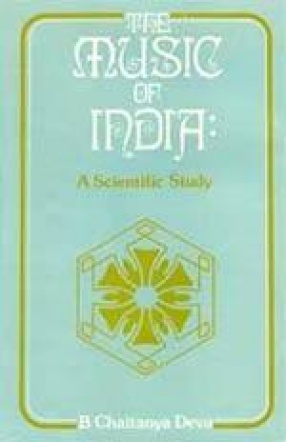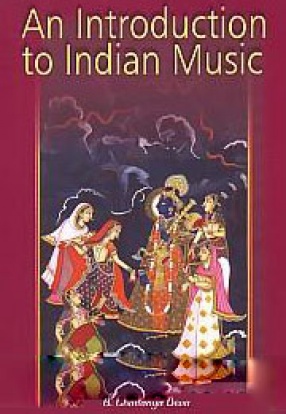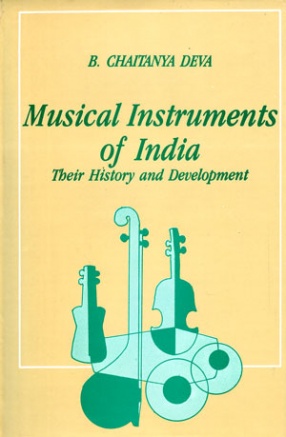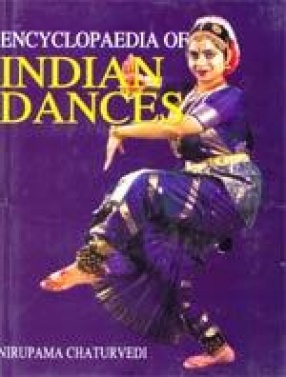This is an attempt to bring, to bear a ‘scientific’ attitude to Indian musicological problems. Tools and methods of modern science have been employed to probe into musical phenomena and Indian music history. No other term is perhaps so operatively basic as the tonic-drone in melodic music and today the tambura is the most important drone in Indian music. The physical and auditory tonal spectra of this instrument have been studied. Further, the immense importance of the emergence of the drone in Indian music history has been discussed at length, in terms of neuro-physiological dynamics. Musical sites-particularly the sruti-have posted enormous problems. It is posited herein that this is due to the confusion of two systems-one of harps and the other of fingerboard instruments. Detailed of experiments on the measurements of sruti-s have also been given. So also studies in gamaka and its psychological significance have been discussed. A fundamental theory in Indian aesthetics is that of rasa. Profound as it is, its scope in relation to music has to be evaluated. The results of experiments carried out show that this theory may not fit into musical aesthetics, in toto and it is now adumbrated; similarly the time theory of raga-s also seems to be of questionable application. Concepts of the information theory and other statistical methods have been applied to study the classification and the forms of raga-s with very promising results. The book, thus, spans across questions of methodology, dynamics of history, musical scales, non-conscious elements in music, raga-rasa, raga-rupa and musical perception. It is an invitation to an "adventure of ideas" and a reorientation to Indian musicology.
Music of India: A Scientific Study
In stock
Free & Quick Delivery Worldwide
reviews
Bibliographic information
Title
Music of India: A Scientific Study
Author
Edition
1st. Ed.
Publisher
ISBN
8121501954
Length
288p.
Subjects







There are no reviews yet.